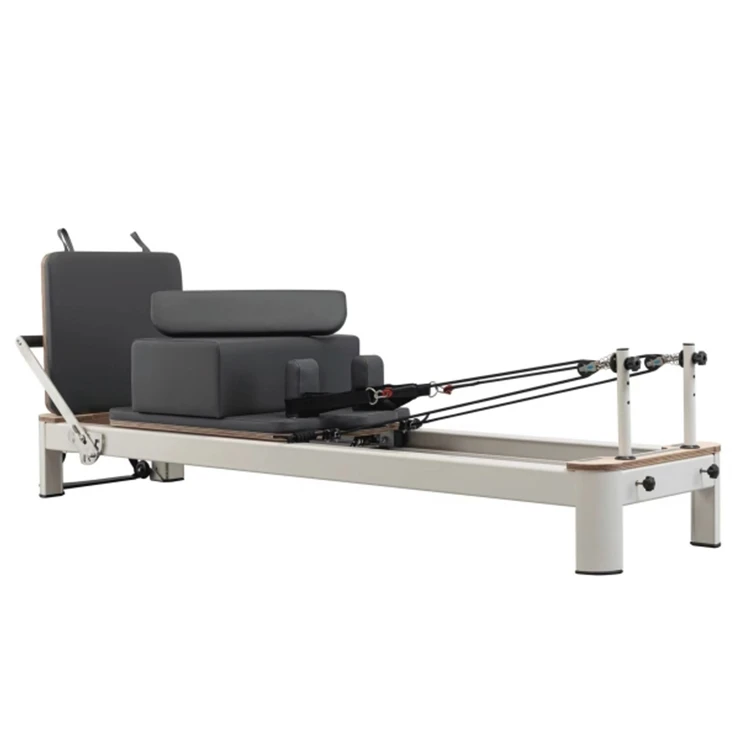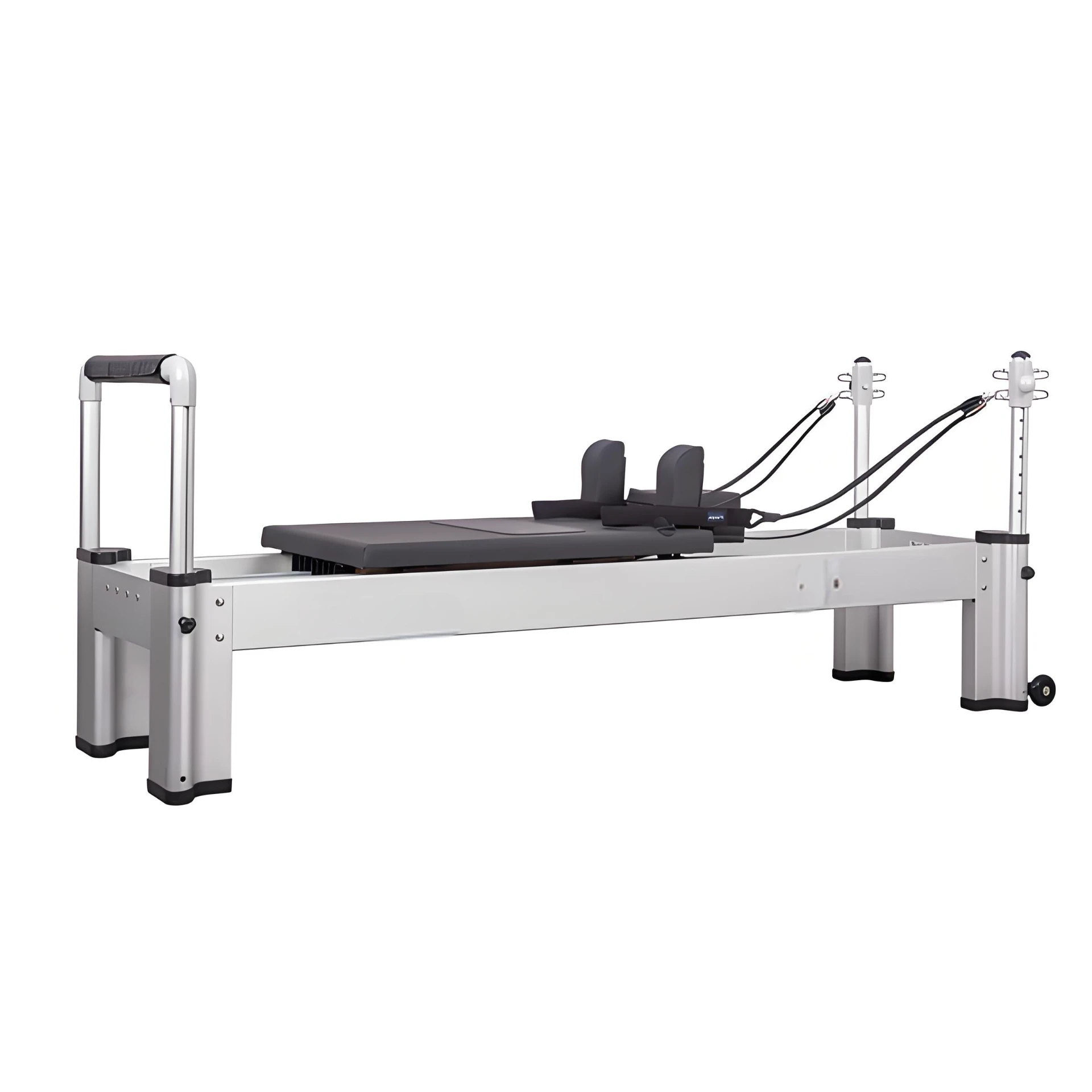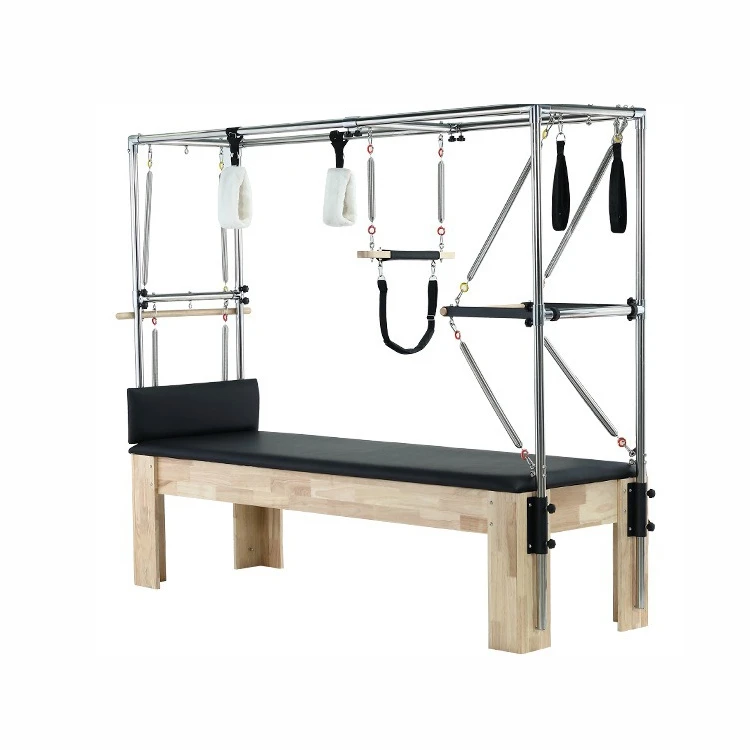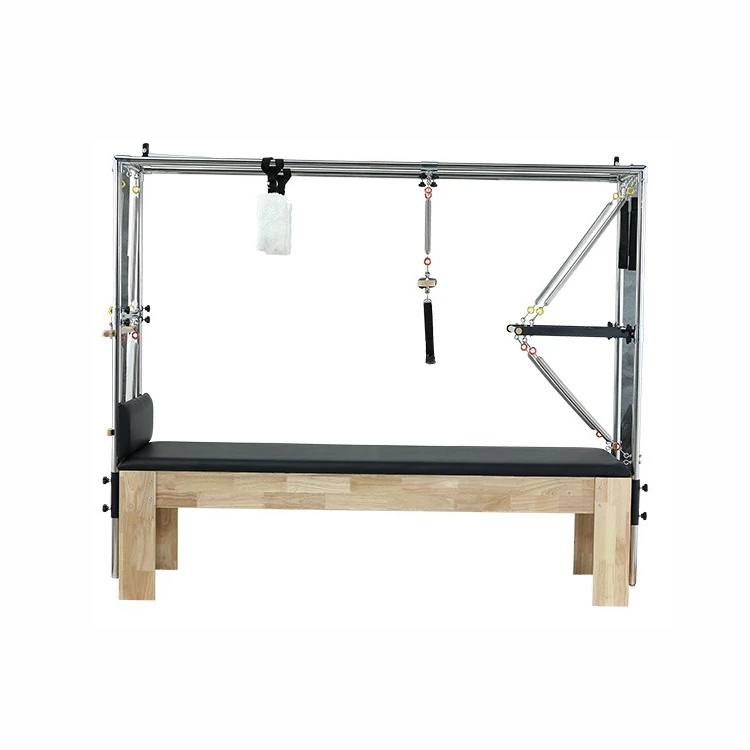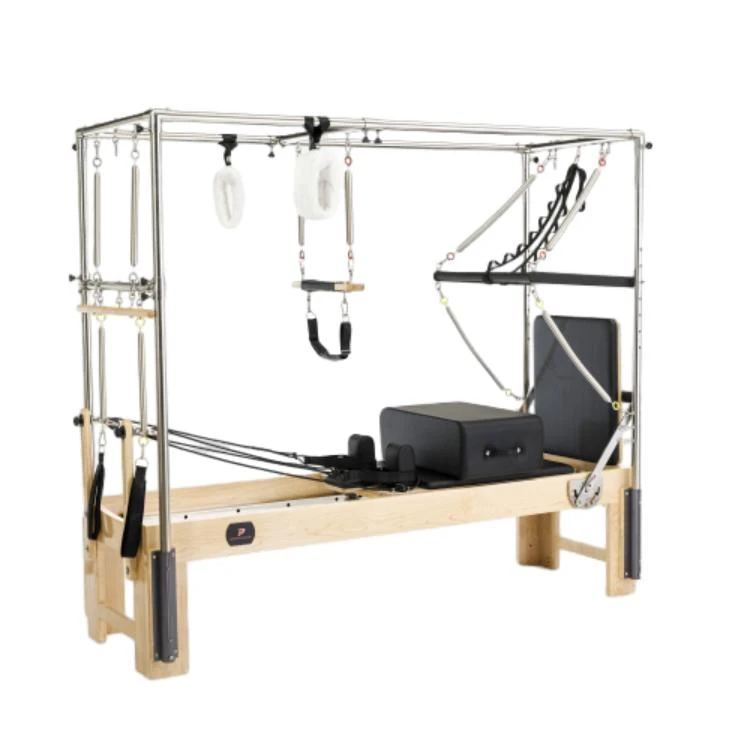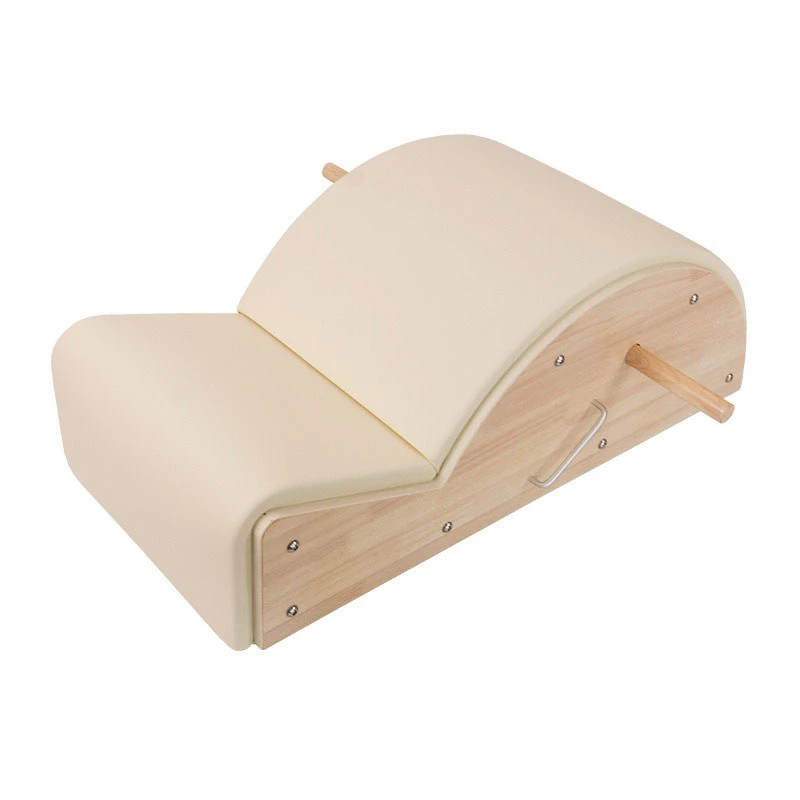The Science Behind Studio Reformer Workouts
The studio reformer has undergone a remarkable transformation since Joseph Pilates first introduced his revolutionary equipment. Today, studio Pilates spaces blend tradition with innovation, offering practitioners at studio Pilates and other top facilities cutting-edge machines that enhance workouts. This article explores how the Pilates reformer evolved, its impact on Pilates studio culture, and why modern versions remain indispensable.

The Birth of the Studio Reformer
Joseph Pilates designed the original studio reformer in the early 20th century as a rehabilitation tool. Its wooden frame, springs, and sliding carriage provided resistance-based training, aligning with his philosophy of controlled movement. Early adopters, including dancers and athletes, frequented Pilates studio locations to experience its informativeness effects on strength and flexibility.The classic reformer’s design emphasized precision over comfort, with minimal padding and manual adjustments. Despite its simplicity, it became the cornerstone of studio Pilates, laying the foundation for future innovations. Today, collectors and traditionalists still seek these vintage models, but modern studios prioritize updated versions for safety and versatility.
How Modern Revolutionized Studio Reformer
Contemporary studio reformers feature lightweight frames, adjustable springs, and ergonomic padding, making them accessible to all fitness levels. Facilities like studio Pilates opt for reformers with customization resistance, digital tracking, and space-saving designs. These advancements allow instructors to tailor workouts for rehabilitation, athletic training, or general fitness within a single Pilates studio session.Modern reformers also integrate eco-friendly materials and sleek aesthetics, appealing to boutique Pilates studio environments. Wholesalers should highlight these upgrades when promoting reformers, as they cater to both luxury studios and budget-conscious buyers. The evolution of the Pilates reformer reflects the growing demand for equipment that merges functionality with style.
Why Studio Reformer Remain Essential Equipment
Unlike mats or barrels, the studio reformer offers unparalleled versatility, enabling hundreds of exercises targeting strength, flexibility, and balance. Its spring-based resistance challenges muscles without joint strain, making it ideal for all ages and abilities. Studios like Studio A Pilates rely on reformers to deliver low-impact, high-intensity workouts that clients cannot replicate at home.For wholesalers, reformers represent a lucrative product category with year-round demand. Emphasize their durability, adaptability, and ROI for Pilates studio owners. Whether for classical workouts or hybrid training, reformers are a worthy investment that keeps clients returning.Manufacturers often highlight the robust construction of reformers, ensuring they withstand the rigors of daily use. Their modular design allows for easy adjustments, catering to diverse client needs and preferences. Moreover, the return on investment (ROI) for studio owners is substantial, given the consistent demand for reformer-based classes and the premium pricing that comes with such specialized equipment.
Choosing the Right Studio Reformer for Your Pilates Studio
Selecting a studio reformer involves considering space, budget, and client needs. Compact models suit small Pilates studio settings, while premium reformers with accessories attract high-end markets. Features like adjustable barefoot, shoulder rests, and spring systems enhance usability, catering to diverse workouts.Wholesalers should partner with manufacturers offering warranties and training support, ensuring studio Pilates professionals maximize their equipment’s potential. Highlighting these benefits can differentiate your product line in a competitive market.By collaborating with manufacturers who provide robust warranties, wholesalers can offer reassurance to studio owners that their investment is protected against potential defects or failures. Additionally, training support ensures that studio Pilates professionals are adept at utilizing the full range of features and functionalities offered by the equipment. This not only boosts their confidence but also enhances the overall client experience, leading to increased satisfaction and loyalty. Emphasizing these added values can set your product line apart, attracting more studio owners looking for reliable and supportive partnerships in their quest for top-notch Pilates equipment.
Studio Reformer FAQs
What distinguishes a studio reformer from a home model?
Studio reformers are built for heavy use, with commercial-grade frames and reinforced springs. Home models prioritize portability and storage, often sacrificing durability. Pilates studio owners should invest in professional-grade equipment for longevity.
How often should a Pilates studio reformer its reformers?
With proper maintenance, high-quality reformers last 5–10 years. Regularly inspect springs, ropes, and padding for wear. Upgrading every few years keeps your studio Pilates offerings fresh and safe.
Can studio reformer be used for rehabilitation ?
Yes! Reformers’ adjustable resistance and support make them ideal for rehab. Many physical therapists use them for post-injury recovery under professional guidance.
Are modern studio reformer suitable for classical the Pilates method?
Absolutely. While modern reformers have updates, they retain the core principles of Joseph Pilates’ original design. Studios can balance tradition and innovation seamlessly.
Where can wholesalers source reliable studio reformer?
Our company supplies top-tier reformers tailored for Pilates studio demands. Contact us for bulk pricing and exclusive models that elevate any studio’s offerings.The studio reformer’s journey from a wooden rehab tool to a high-tech fitness staple underscores its enduring value. Wholesalers, capitalize on this timeless equipment by stocking reformers that meet modern Pilates studio needs. Partner with us to provide reformers that inspire movement, growth, and client loyalty.
Latest news
-
Where to Buy Authentic Pilates Machines for SaleNewsAug.01,2025
-
The Ultimate Tool Of Pilates Step Barrel For Core Strength and FlexibilityNewsAug.01,2025
-
Pilates On Chair vs. Reformer: Which Fits Your StudioNewsAug.01,2025
-
Pilates Barrel Workouts for BeginnersNewsAug.01,2025
-
How the Foam Spine Corrector Revolutionizes PilatesNewsAug.01,2025
- Address
- Room 1601, 1302, Building A, Zijingguandi, Qiaodong District, Xingtai City, Hebei Province, China
- Sandra@raetin.com
- Phone
- +86 18231139331

